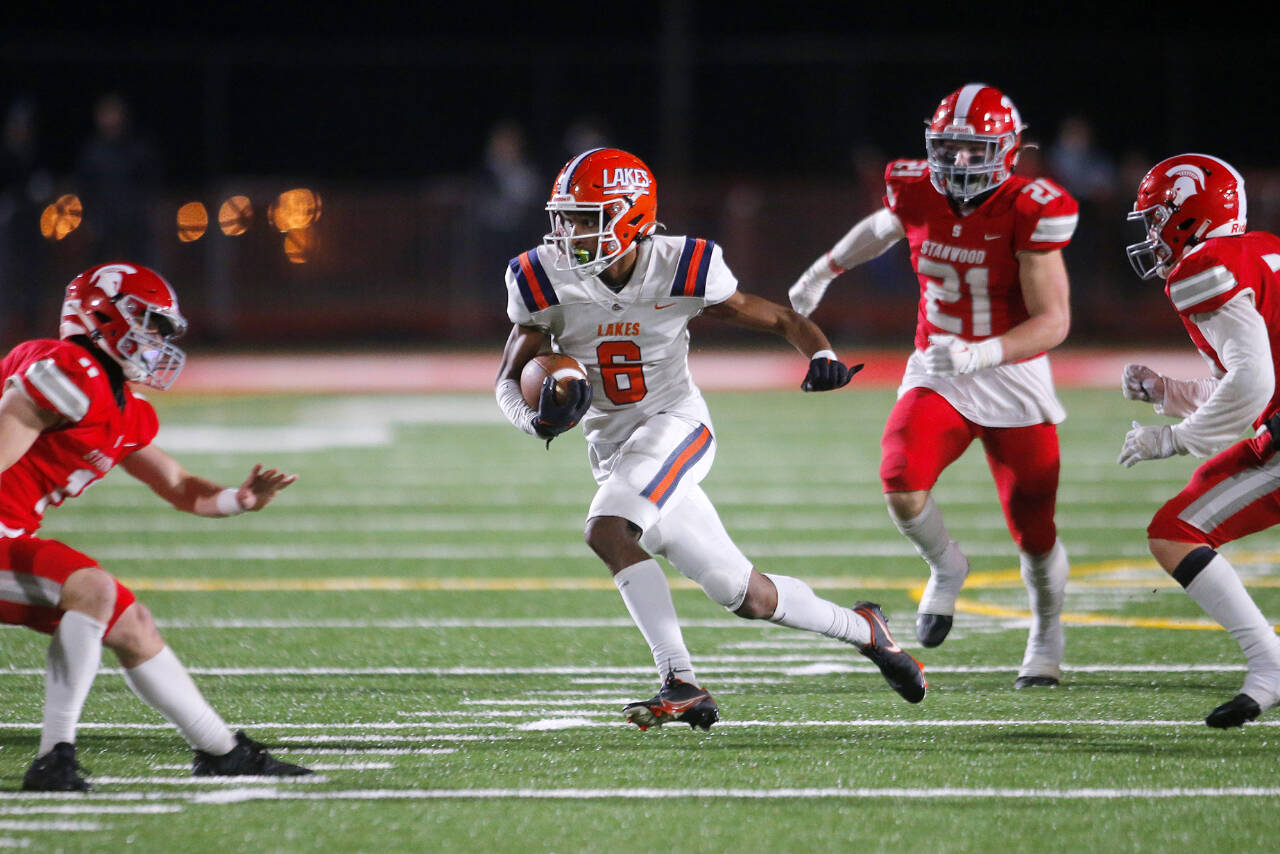By The Herald Editorial Board
It wouldn’t be unheard of for school officials to play down or even ignore the seriousness of racial or other taunts hurled among students, athletes and fans at a football or basketball game; or bullying in school hallways.
And it would not be unfamiliar to hear such incidents blamed on heated tempers during a “physical” game; or abusive language — even something as ugly and racially charged as the n-word — excused as kids being kids. Well, we hear with a sigh, whaddya gonna do about it?
Exactly, what are we going to do about it?
It’s certainly not hard to find examples of such behavior. Or of official responses that at best drag their feet.
It took an investigation by the U.S. Department of Education’s Office for Civil Rights and the weight of federal law to resolve a racial harassment complaint this month against a school district in Iowa that had not sufficiently addressed behavior against a Black middle school student who was subjected to racial slurs over a two-year period — including the n-word, “slave” and “cotton-picker” — and taunting that included monkey noises and one student kneeling on a drink bottle in the student’s presence and saying, “It can’t breathe,” mocking the murder of George Floyd.
Found that it had disregarded its obligation to investigate and remedy the hostile environment, the school district was found in violation of the Civil Rights Act of 1964 and made commitments to address the harassment, improve training and develop anti-bullying programs for students.
U.S. school districts — as well as other parts of society — might have thought we were past such behavior, specifically harassment and bullying based on race, national origin, religion, disability, gender or sexual orientation. Yet, even as a 2019 report by the Education Department and the Department of Justice found that incidents of assault and violent offensives had declined significantly between the 1990s and 2015, more recent data, including a study by the U.S. Government Accountability Office, has noted an 81 percent increase in hate crimes against students and a near doubling of physical attacks against students, between the 2015-16 and 2016-17 school years.
Which is why it’s laudable that officials with the Stanwood-Camano School District — rather than dismiss such an incident — promptly launched an investigation and outlined its response and commitment to remedies, following reports in early November that football players and cheerleaders for Lakes High School in Lakewood, Pierce County, were subjected to racist taunts and the n-word during a game at Stanwood High School.
Late Friday afternoon, the school district and an independent investigator reported they had found evidence that one student likely used the racial slur against a Black cheerleader in a restroom and another student likely used offensive language in the stands, making clear the point: “We do not tolerate discrimination, hate or racism in our schools,” as reported Saturday by The Herald’s Mallory Gruben.
In the incident in the restroom, the investigation did not identify a specific person, but discipline may be pending if a student is identified in following investigations, including one by the school district for Lakes High School. In the incident in the stands, a student was identified and has been referred to the high school’s principal for “appropriate follow-up,” consistent with district guidelines.
The investigation, which included interviews and review of statements from more than 50 individuals, did not find sufficient evidence that Stanwood players had used the slur during the game.
For many school districts, that might have been the end of it.
The investigation and appropriate follow-up by the district are important, but so to are the larger response and the commitment that its superintendent, Deborah Rumbaugh, had earlier told The Herald, the district would “put to work” in equity policies and procedures the district has developed in the past two years.
The district is using its Educational Equity Policy to guide actions regarding, in part:
Reviewing the district’s educational equity policy and affirming other school board policies relating to racist, biased, discriminatory or threatening language or actions;
Amplifying voices of frequently marginalized individuals;
Participating in cultural competency and racial bias training for board members, staff and students;
Partnering with the district equity team to develop a three-part “equity symposium” for all staff;
Hosting listening sessions and other equity-focused events for students; and
Establishing a “Student-Superintendent Leadership Team” with high school students who can share experiences and feedback about how the district can best support its students.
Beyond the Stanwood-Camano School District, parents and others throughout Snohomish County can review the steps that their own district is taking as those districts draft, adopt or review guidelines around diversity, equity and inclusion.
This is not a easy time to undertake such work and discussions. It has become accepted — even during increasingly common reports of abusive language and actions — to mock, criticize and bar efforts that seek diversity, equity and inclusion, dismissing it as “critical race theory,” political correctness or just being “woke.” None of those apply to this work.
This is about having the courage — as individuals and as officials — to confront and repudiate language and actions that do not represent the best of our communities and the commitment to respect for all. Our schools — where we are preparing children to live, work and participate in communities — are the most important venue for these lessons.
That can be what we do about it.
Talk to us
> Give us your news tips.
> Send us a letter to the editor.
> More Herald contact information.

























